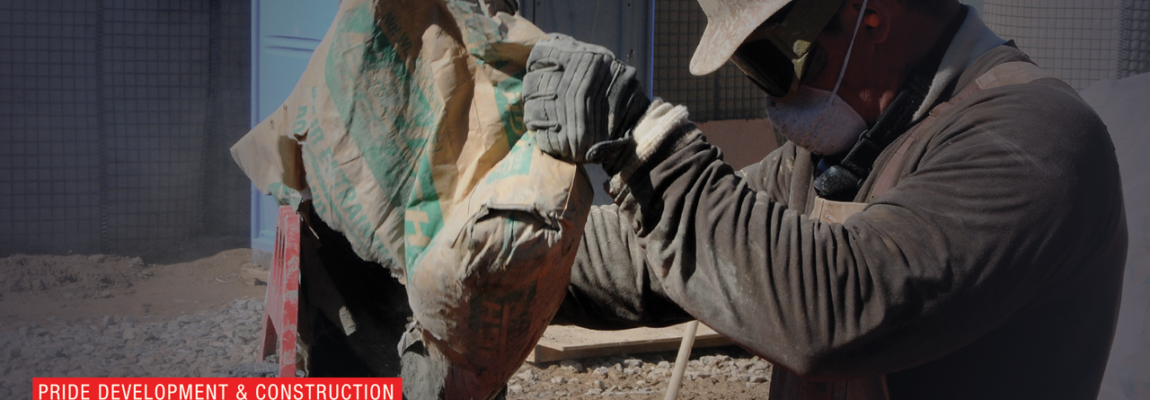Knowing the truth about concrete construction can help you hire the right industrial contractors for your project and avoid costly concrete repair later. You’ll understand when concrete reinforcement is needed to support an aging structure, and you’ll know when concrete restoration is enough to get your building looking its best again.
The extreme climate in Arizona makes it important to get the right work done the first time. Otherwise, improper concrete mixes or construction will crumble in the heat.
Here’s what you need to know about the most pervasive myths about concrete construction, followed by the truth:
Myth #1: Concrete is Not Porous
While concrete is not as porous as gravel or dirt, even dense concrete lets some water pass through. Water may take several months to pass through dense concrete, but it can still pass. If you want a watertight surface, you will have to use chemical admixtures and aggregate, or you will have to add supplementary materials like silica fume or fly ash. Sealers and membranes can also be added to the top of the concrete to prevent water from entering.
For some surfaces, you want more permeability to manage runoff. But for some concrete surfaces, like for building structures, you want the concrete to be as waterproof as possible to prevent expensive concrete repair later.
Myth #2: Concrete is More Durable if It Has a Higher Compressive Strength
Compressive strength does make for stronger concrete, but it is not the only measure of concrete’s strength. Concrete reinforcement is much more important to its strength. Other things that can influence concrete strength include its permeability, the chemicals used to mix it, and any sealers or membranes used on it.
Without the right protective membranes or mixing agents, concrete can corrode or deteriorate more quickly, weakening its structure. You’ll have to invest in costly concrete restoration to save the structure.
Myth #3: Concrete Will Remain Flat and Level if It is Flat and Level at Finishing
Concrete actually shifts quite a bit over time, depending on the foundation, the climate, and other factors.
Concrete can change in volume while it is settling, hardening and drying. It can also shift as the ground below it shifts. The edges of the slab can curl during the curing process, or the concrete can shift after it has dried. The surface can become uneven or even bubbled.
Myth #4: Concrete Won’t Crack if It is Reinforced

Concrete reinforcement can minimizes the risk of cracks and other damage, but it won’t stop cracking if the concrete changes volume, such as during the curing process. If the volume shifts, the reinforcement can actually cause the concrete to crack because it prohibits movement.
It is important that you hire an experienced concrete contractor to prevent these and other problems. Pride Development and Construction has been providing concrete solutions for residential, commercial and industrial clients in Arizona for many years. We can provide concrete reinforcement for new projects or as part of a repair job, or we can provide concrete repair and concrete restoration solutions. We use our expertise to make sure you get the right solutions for a strong concrete structure that will give you many decades of reliable performance. Contact us today to learn more about our services.
Published By:
 Pride Development and Construction – Bob Jenkins
Pride Development and Construction – Bob Jenkins
3027 S. 45th Street Phoenix, AZ 85040
Office: (480) 968-6848
Email: bob@pridedc.net
Website: https://pridedevelopment.net


